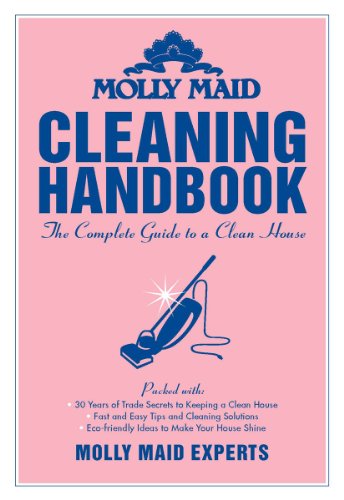
A good set of cookware is an essential part of a well-stocked kitchen. If you’re thinking about replacing your current set, the professional residential cleaning experts at MOLLY MAID suggest following these steps, to ensure you get the right pots and pans for all your cooking needs.
How many do you need? Before venturing to your local kitchen store, it’s important to determine how many pots and pans you need to purchase. Does your whole set need to be replaced, or are you looking to replace one single item? Only purchase an entire set if you need each piece. If you have a lot of saucepans and only need skillets – or vice versa – it is much more cost effective to purchase the items individually, rather than in a set.
What kind of material do you prefer? Pots and pans are made in a variety of different materials, such as aluminum, stainless steel clad, copper, cast iron, glass and enamel on steel. If you are unsure of what material would best suit your needs, speak with a sales representative to determine the features and benefits of each material.
What type of handles do you need? There are three different types of cookware handles; welds, rivets and screw-on. Welded handles are fused to the pot or pan through melting. A riveted handle utilize two small crushed steel or aluminum pieces to attach the handle to the pot or pan, and a screw-on handle uses a screw to secure the handle to the cookware. If you are looking for a handle that is durable and easy to clean, a pot or pan with a welded handle is recommended. A heat resistant handle is also suggested for safety and convenience.
How does it feel? To determine which pot or pan is right for you, go through the motions of cooking with it while shopping. The pot or pan should be comfortable and easy to use, without being too heavy.
How does the lid fit? When purchasing cookware, you want to make sure the lids fit tightly to the pot or pan in order to keep moisture in. For safety and convenience, the lid of the cookware should have a heat resistant handle. Depending on how you store your pots, you may want to take notice of how well the lid fits, when inverted for stacking purposes.
How do I keep them clean? Dish soap, water and a little bit of elbow grease is often all you need to clean your pots and pans. However, if more effort is needed, try adding two tablespoons of baking soda to your soap and water. The extra grit from the baking soda will help clean those difficult areas. To polish your cookware, slice a lemon in half and rub the inside of the lemon on the surface of your pots and pans. Finish polishing your cookware, by buffing it with a dry microfibre cloth.

